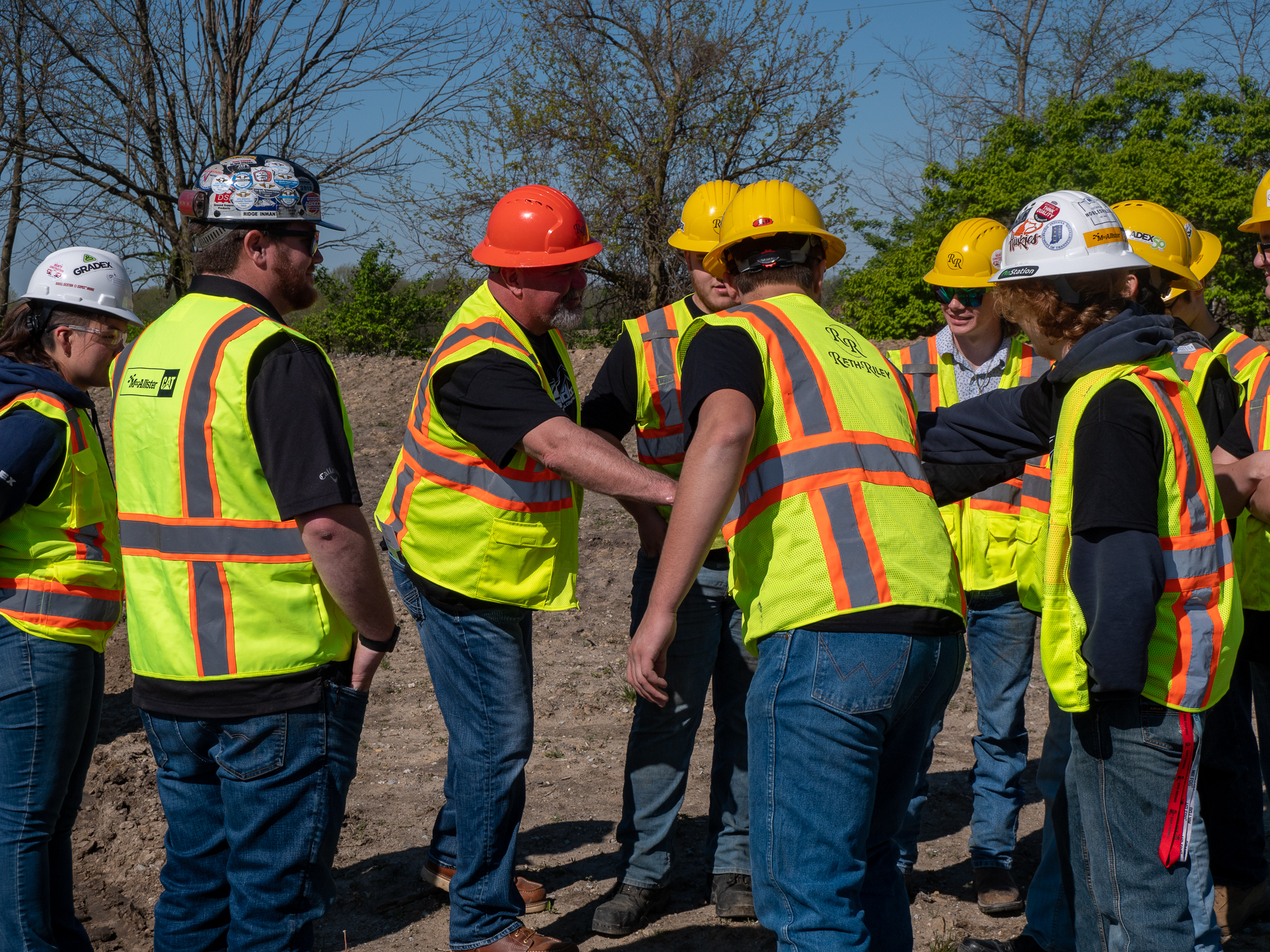The need for innovative solutions and fresh perspectives grows as the road-building and civil construction industry struggles with workforce development. Decision-makers must consider new strategies to foster growth and development.
Reverse mentoring is one way that offers great benefits for both construction professionals and young talent entering the field.
This blog explores what reverse mentoring entails, how it can be implemented, and the advantages it brings to the industry.
What is Reverse Mentoring?
Reverse mentoring flips the traditional mentor-mentee dynamic. Instead of experienced professionals guiding younger mentees, it is getting seasoned decision-makers with more youthful, often tech-savvy individuals.
The mentees, often from the younger generation, offer valuable insights, fresh perspectives, and expertise in technology and digital trends, while the mentors share their industry knowledge and experience.
Implementing Reverse Mentoring in the Civil Construction Industry
To successfully implement reverse mentoring in the construction industry, decision-makers must embrace a culture of openness to new ideas. Here are vital steps to consider:
– Identify Potential Matches: Look for younger employees with strong technical skills and a passion for innovation who can benefit from mentoring construction leaders.
– Establish Clear Goals: Define the objectives of the reverse mentoring program, focus on knowledge exchange, improve technology uaw, and help create mutual understanding between generations.
– Create a Safe Environment: Ensure mentors and mentees feel comfortable sharing their perspectives, ideas, and challenges openly without fear of judgment.
– Provide Support and Resources: Offer resources and training to mentors to equip them with modern technological tools and trends to facilitate meaningful conversations with their mentees.
The Benefits for Mentored Individuals
When looking into the potential outcomes and benefits for the older mentored individuals, you can understand the upside for something like this in 2023 and beyond.
- Technological Advancement: Young mentees can introduce construction decision-makers to newer technologies, digital tools, and software that can streamline processes, improve efficiency, and reduce costs in road building and civil construction.
- Fresh Perspectives: Mentees bring new ideas and diverse perspectives, enabling companies to adapt to changing market demands and better cater to the needs of younger generations, helping with workforce development issues.
- Bridging the Generation Gap: Reverse mentoring helps bridge the generation gap, fostering mutual respect and understanding between experienced professionals and young talent.
The Advantages for Mentors
– Enhanced Adaptability: Mentors can improve their adaptability to emerging trends and technological innovations in the construction industry by engaging with mentees.
– Increased Productivity: Reverse mentoring encourages mentors to explore new solutions and approaches, leading to improved productivity and more efficient construction processes.
– Personal and Professional Growth: Mentors experience personal growth through the mentorship process, gaining a better understanding of the needs and aspirations of the younger workforce.
Making the Right Call for the Next Generation of Workers
Reverse mentoring presents a golden opportunity for construction decision-makers to harness the power of the next generation and create innovation in road building and civil construction.
By embracing this approach and nurturing a culture of collaboration, construction professionals can reap the benefits of diverse perspectives, improved technological adoption, and enhanced productivity.
